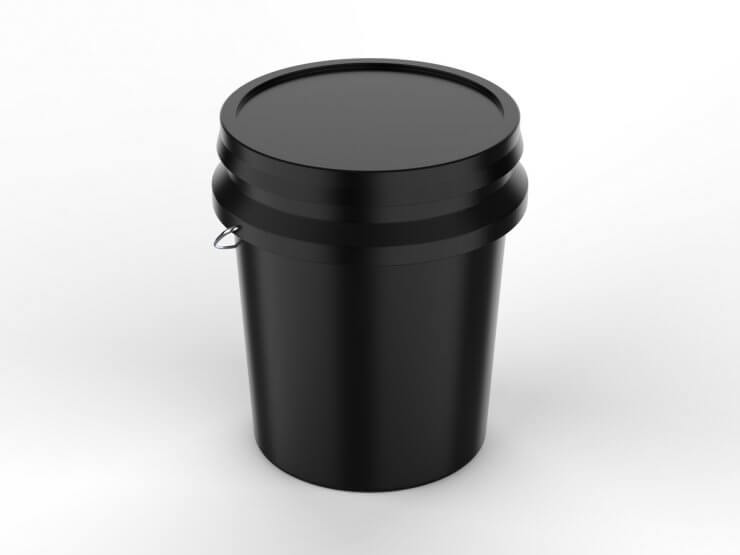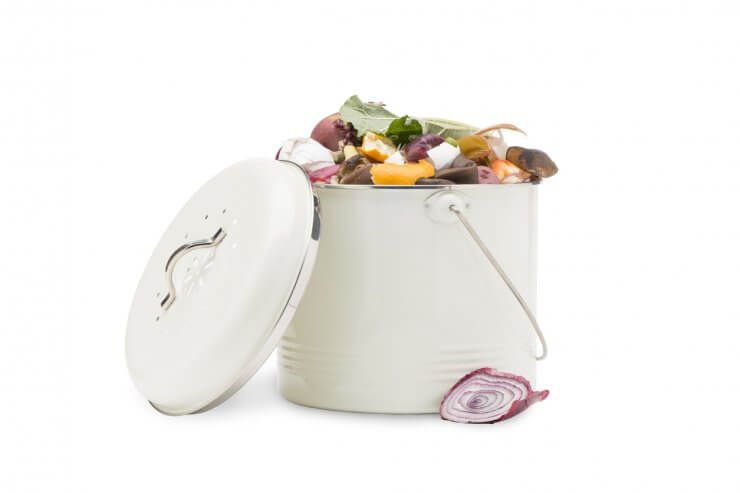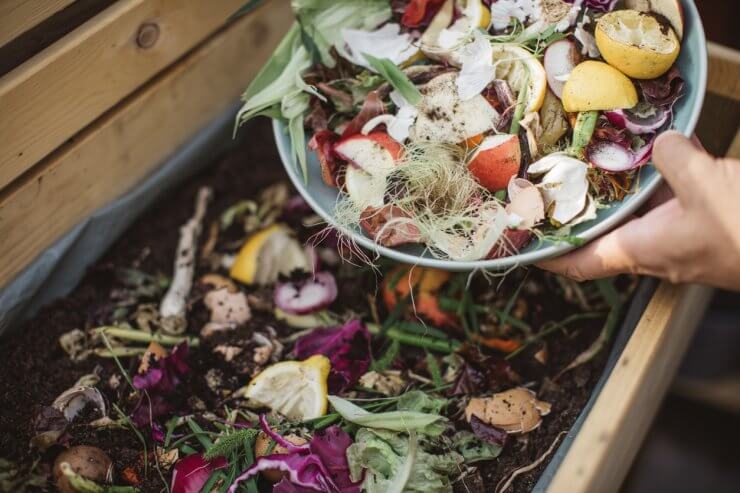Introduction:
Embarking on the journey of composting is akin to discovering a captivating new TV show—one can’t help but share the excitement with friends. For me, composting is my Bridgerton, and among the myriad composting methods, Bokashi composting has become my latest fascination. In this guide, we’ll delve into the art of making Bokashi compost in five straightforward steps, exploring its unique benefits along the way.
Understanding Bokashi Composting:
Bokashi, a Japanese term loosely translating to “fading away,” perfectly encapsulates the transformative process of food scraps in this system. Utilizing spent beer grain inoculated with beneficial microbes like lactobacillus, Bokashi composting facilitates a rapid breakdown of food scraps in an anaerobic environment. This method outpaces traditional aerobic composting, resulting in nutrient-rich, pre-digested material perfect for enhancing your herb and vegetable garden.
Benefits of Bokashi Composting:
Beyond its expedited composting time, Bokashi offers several advantages. Notably, it accommodates a broader range of materials, including fats, meats, and dairy—items often excluded from traditional composting. Ideal for those striving for a zero-waste lifestyle, Bokashi composting stands out as an efficient and versatile composting method.
How to Make Bokashi Compost:

-
Gather Your Materials:
- Two five-gallon buckets (one solid, one with drilled holes)
- Brick or large rock
- Bokashi grain/bran
- Cloth or cotton blend material
- Bucket lid
- Parchment paper (optional)

-
Gather Your Food Scraps:
- While nearly any organic matter can go into the Bokashi compost, moderation is key.
- Chop scraps into smaller pieces to enhance the composting process.
- Avoid adding already spoiled or moldy food to prevent contamination.
-
Assemble Your Bokashi Bucket:
- Set the solid bucket on the ground, place a brick inside, and position the second bucket (with holes) on top of the brick.
- Line the holey bucket with a piece of cloth to prevent larger particles from draining into the lower bucket.

-
Layer Bokashi and Scraps:
- Alternate layers of Bokashi grains and food scraps until the bucket is filled.
- Tamp down each layer for efficient compaction.
- Optionally, add a parchment paper layer to seal the contents.

-
Wait Two Weeks:
- Keep the bucket in a less-trafficked area due to the fermentation odor.
- After two weeks, your Bokashi compost is ready for use.
A Note About Liquid:
Bokashi compost generates liquid (leachate), which can be diluted and used as a fertilizer or poured down drains to prevent algae buildup.

Using Bokashi Compost:
- After observing white mold growth, your Bokashi compost is ready.
- Incorporate it into your regular compost pile or directly into garden beds after allowing it to decompose for two to four weeks.
Conclusion:
Mastering the art of Bokashi composting presents an exciting addition to your gardening routine. This centuries-old technique, embraced by Japanese and Korean cultures, proves cost-effective, simple to maintain, reduces food waste, and enriches your vegetable garden with organic nutrients.
Share your Bokashi composting experiences and gardening tips in the comments below!
Note: Food Gardening Network contains links to affiliate websites including Amazon and Rakuten Affiliate Network and we may receive a commission for any eligible purchases made by you through links on this page.


 Previous
Previous

